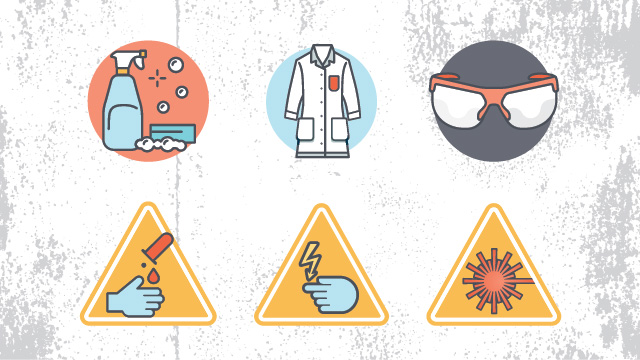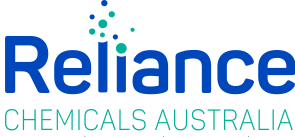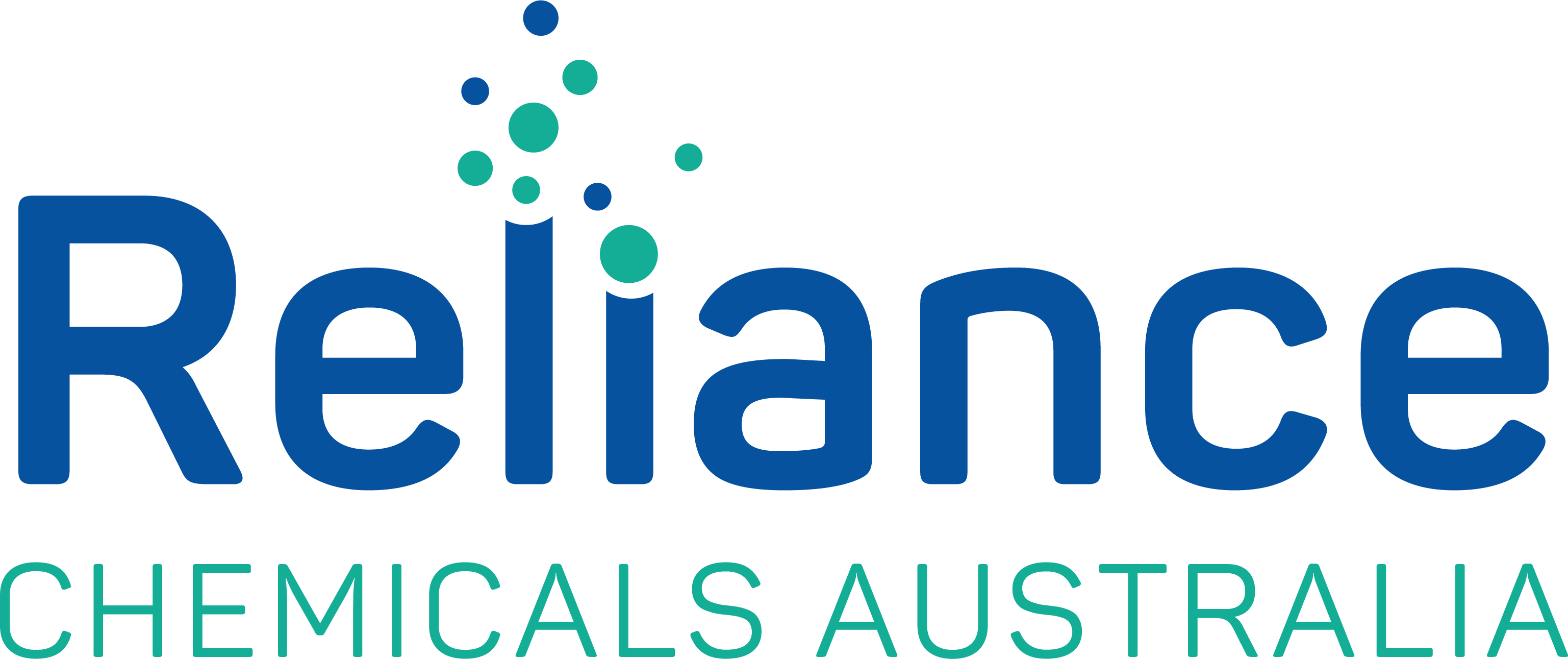
- by
- Hospitality
Cleaning Chemicals: Criteria to Choose them and Safety tips
The application of cleaning chemicals has gone to another level owing to the pandemic situation. For each one of us, cleanliness and its maintenance are the most important concerns these days. The effectiveness and usefulness of cleaning chemical products highly depend on the formulae with which they are manufactured.
Cleaning product manufacturers in Australia have always put hard yards into producing the best quality cleansers for the people. The main confusion arises while you go to choose the right cleaning chemical for your purpose. In this post, we have given some of the best tips for choosing a cleaning chemical and its safety issues.
The ingredients matter the most
Clarity of thought is very effective when searching for safe cleaning items nowadays. We have described various ingredients below:
ABRASIVES
Abrasives are materials that scrape the earth and wear it away. Gratings can be made from rottenstone, whiting, pumice, volcanic debris, quartz, marble, feldspar, and silica.
Abrasives include sandpaper, plastic and nylon networks, and steel fleece.
These chemicals contain harsh ingredients, often calcium carbonate. In general, the larger the grating particles, the harsher and cleaner they are. The ideal grating is a plastic or nylon network, and the better the rough, the minor damage to the surface being cleaned.
ACIDS
Acids help remove hard-water deposits and discoloration from aluminum, metal, bronze, copper, and iron rust. Clothing, calfskin, skin, and a few metals are all consumed by solid acids. They can also irritate and damage the skin and eyes.
Acids in various forms and qualities:
Vinegar is mildly corrosive (approximately 5% corrosive) and balances broiler cleansers. Vinegar removes hard-water deposits from dishware. Lemon juice is a citrus extract that functions in the same way that vinegar does.
Extremely Potent: Oxalic corrosive is particularly effective in removing rust and is highly toxic. It can be discovered in latrine bowl cleansers from time to time. Some latrine bowl cleaners use caustic hydrochloric and sulfuric acids to weaken fixations.
ALKALIES
Alkalies are solvent salts that are effective in removing earthy dirt without requiring extensive scouring. Because the alkalies form an emulsion, a blend in which slick or powerful particles are suspended, they are good oil removers.
The particles do not separate from the rest of the fluid, and as a result, they are not redeposited on the cleaned surface.
Detergents
Housecleaning jobs may require the usage of some clothes cleaners. Cleansers remove soil, and adding complex dissolvable phosphates (also known as “manufacturers”) to a cleanser will remove sleek earth. The cleaning item is marked as “significant” or “universally useful ” if a manufacturer is entered.”
SANITIZERS
Sanitizers are synthetics that reduce the number of microbes in the environment and are commonly used in cleaning restrooms and dishwashing. Use caution and pay attention to the container’s headings as instructed by Cleaning product manufacturers Australia.
Sanitizers also help to aerate surfaces by killing bacteria that produce odors.
Recognize Your Alternatives
There are a variety of unusual cleaning supplies. You’ll be grateful for the reduction in harmful stuff in your home if you know about them, use them, and put money aside for them.
Borax is an excellent textile additive that can be used for household cleaning; however, exercise extreme caution in a home with little children because ingestion is not safe. Its powder structure gives it a distinct concern when it comes to children.
Washing Soda is similar to a heated soft drink, except it is more grounded. It is a fantastic clothes additive that is frequently seen in the garment aisle. If you’re having trouble finding it, try Amazon or Alice.
Vinegar can be used for almost anything. I’ve cleaned with both White Vinegar and Apple Cider Vinegar (ACV). Make your own all-purpose and glass cleaners at home. It works well as a cleanser when added to your clothes during the wash cycle.
The Safety Steps You Should follow for proper usage of cleaning chemicals:
Read out the label carefully
Follow these four security tips when using household cleaning supplies to keep your home safe and clean at the same time.
“Use as coordinated” is another way of expressing this standard. The name of the cleaning item will tell you how to use it safely and effectively.
Stick to the headings. Pay special attention to the following headings sections:
What kinds of objects do the bearings indicate you may use the cleaning item on?
What are the items that the item specifically warns you not to use it on?
How big is the object you’re going to use?
How long should the item be applied (or how quickly should it be removed)?
Avoid using cleaning products that aren’t meant to be used together
Cleaning products mixed might produce dangerous and poisonous vapor. This also applies to cleaning chemicals supplies that are produced to order. Mixing chlorine color with vinegar or smelling salts, for example, is not a good idea. In the off event that you do, dangerous gas will be produced.
Keep your cleaning supplies in a secure location
Keep your cleaning supplies away from children and pets, as many of them can be harmful if consumed or if they come into touch with the skin or eyes.
Here are some safety precautions to keep in mind when collecting cleaning supplies:
• Keep the things in their holders, so you know what they are and when their expiration dates are.
• If you need to weaken a cleaning item or develop bespoke cleaning things, make sure to label and date your compartments.
Properly Dispose of Your Cleaning Supplies
When you’re finished with a cleaning item, make sure to dispose of it properly. In most cases, the actual name will reveal specific removal criteria. The following are some things to consider while properly dumping cleaning supplies:
• Keep void jugs and holders out of reach of youngsters and dogs, so they don’t get into them. Instead of throwing them in an open wastebasket, please put them in a closed trash can or container.
• Do not pour cleaning materials down your sink channel or into the restroom and do not flush disposable cleaning wipes down the lavatory.
Conclusion
The cleaning product manufacturers in Australia have always been improving the quality of the cleaning products they are bringing out. We have explained here about different cleaning products.
Moreover, we have added some safety steps to be followed here. We recommend you follow them and use these cleaning chemicals properly.

